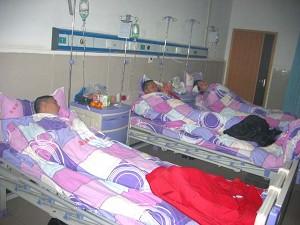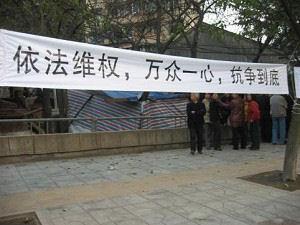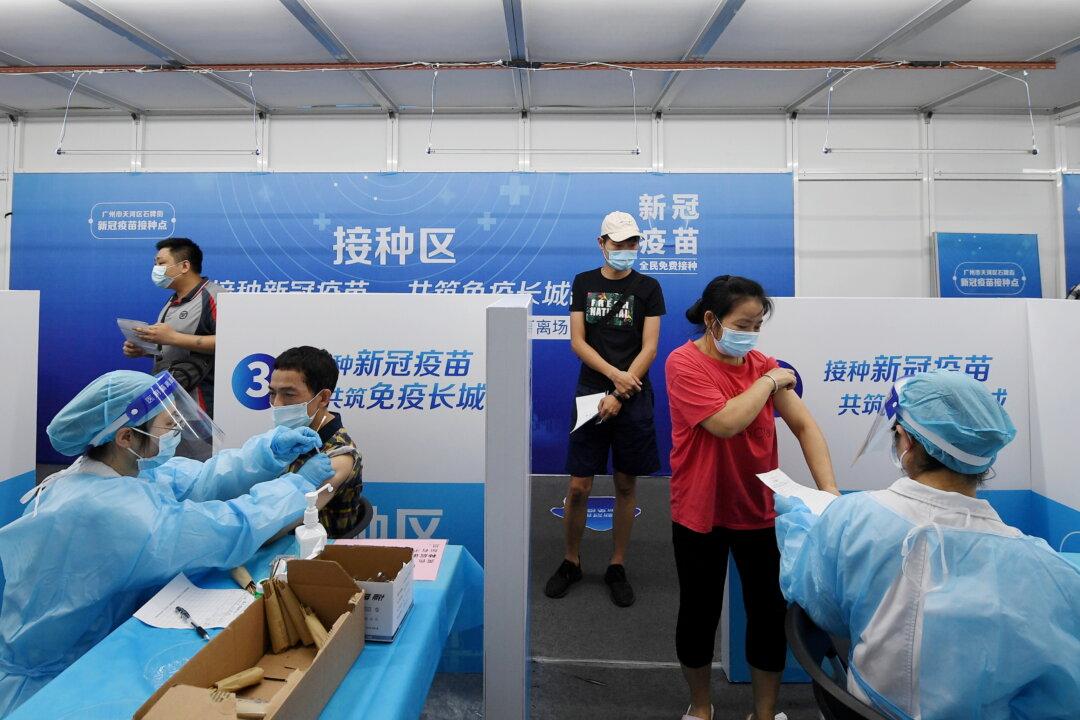CHINA—On March 22, a land developer without warning lead about 200 people to forcefully demolish the employee housing of the Porcelain Enamel Product Corp. (PEPC) in Chongqing City, Southwest China. Their action triggered a conflict and bloodshed.
The PEPC was a state run enterprise that was bankrupted many years ago. Its employee’s medical insurance and re-employment issues have not been resolved. In mid-March, PEPC’s past employees set up banners in Beiqiaotou, Chongqing City, demanding that the regime resolve their benefit problems.
On the afternoon of March 20, about 200 people from the land developer—Yinxing Group, rushed into the PEPC employee housing compound and forcefully drove former PEPC employees out of their housing and started the demolition.
Currently, 53 families live in the employee housing, and according to them, the developer started the forced demolition without a permit, even the children and elderly were thrown out from their houses, and people were beaten for refusing to cooperate.



